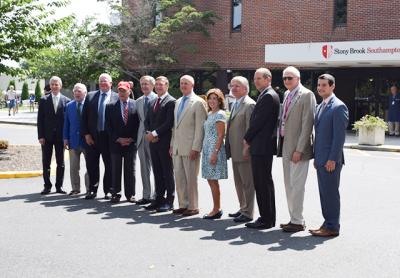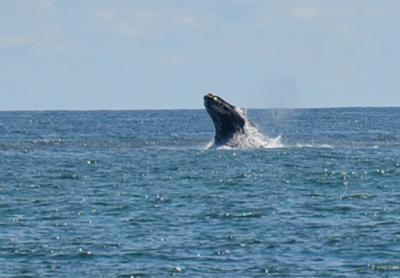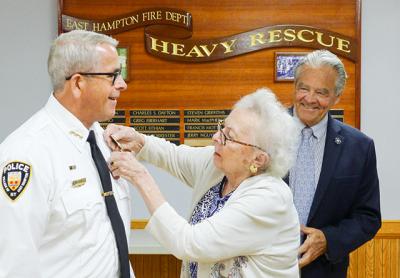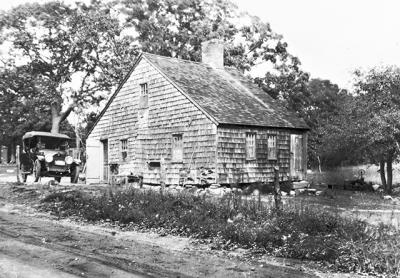Bacteria Tests High in Several Locations
Bacteria Tests High in Several Locations
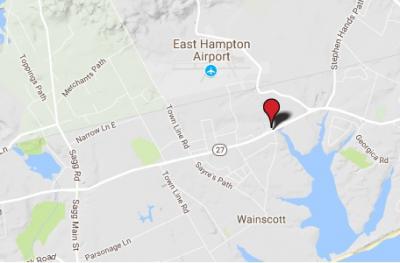
Lake Montauk’s enterococcus bacteria levels have risen, despite last week’s higher than normal tides, which normally would have led to lower levels, according to a news release from the Concerned Citizens of Montauk.
Bacteria counts are measured by the number of colony forming units, or viable cells, per 100 milliliters of water. Anything over 104 cells surpasses the federal health standard and is rated "high" in the tests.
Little Reed Pond creek and East Creek, both of which drain into Lake Montauk, had high bacteria levels in samples taken on Wednesday. A west side creek sample site in the lake had a "medium" level. The presence of any enterococcus indicates a chance of disease-causing feces in the water.
Both the Route 27 "kayak launch" and the Cove Hollow Road access at Georgica Pond in East Hampton tested far above the health standard this week, at 616 and 2,755 cells, respectively. The ocean beach cut at Georgica Pond is closed, which has likely caused increased enterococcus counts because water cannot flush well, the concerned citizens said.
The Nature Trail in East Hampton Village, tested at David's Lane, measured 6,867 cells, likely from the large flocks of ducks and other waterfowl there. A test site in the south end of Hook Pond measured high for the first time in recent months, with 498. Pussy’s Pond in Springs' count was 876 cells.
Fresh Pond creek in Amagansett tested lower than other samples taken this summer, at 63 cells.
Ditch Plain in Montauk had a medium enterococcus level of 52 cells yesterday. The beach at Surfside Place in downtown Montauk had a count of 31.

